SPL Lighting LED strips, modules, profiles and accessories
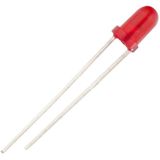

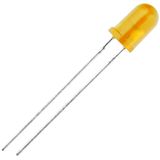
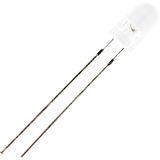
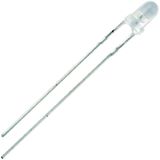

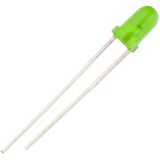


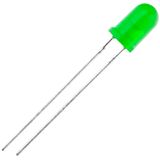

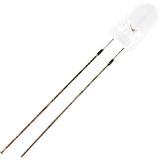
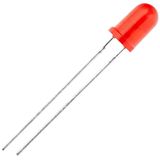

spl lighting led strips and modules portfolio map
Three core lines cover most interior runs.
CV Strips (12/24/48 V DC) at 4/9/14/24 W / m deliver ≈300–2 000 lm / m; cut points 25/50/100 mm by voltage. CRI 80 and CRI 90 (R9 > 50 on select bins) in 2700/3000/3500/4000/6500 K, ≤3 SDCM. COB Strips use continuous phosphor for dot-free direct view, 8–20 W / m, 600–1 800 lm / m, bend radius ≥40 mm. TW/RGBW variants sit on dual-track or 5-in-1 copper for tunable white or ambience; DT8/DMX control ready. Operating window −20…+45 °C; Tc targets ≤85 °C on metal carriers. This is the layer most planners shorthand as spl lighting flexible led strips when specifying coves, reveals, and shelves.
spl lighting led profiles families and optics
Profiles come recessed, surface, corner (30°/45°), and pendant in 1/2/3 m bars, 6063-T5 anodised, with opal or micro-prismatic PMMA/PC. Deep chambers erase pixelation at ≤14 W / m; shallow bodies maximise punch for wall-grazing. Optional batwing films widen desk uniformity, and glare kits keep UGR ≤ 19 in office grids. End-caps use compression gaskets; sealed lids and UV-stable lenses are available where sun or wash-down adjacency matters.
spl lighting linear lighting modules for fixtures
Rigid PCBs on aluminium cores (280–560–1120 mm) simplify OEM builds and gear-tray retrofits. Typical nodes 6/12/18/24 W per board at 150–190 lm / W (4000 K, CRI 80). CRI 90 boards target 120–150 lm / W with R9 support. Connect with poke-in terminals or JST; through-holes align with standard tray patterns. Use parallel strings per driver channel to hold current below 65% of rating for life margin.
spl lighting aluminium profiles choices for runs
- Slim Reveal: micro-flange, 10–12 mm cavity for furniture and plinths.
- Office Pro: 18–22 mm deep, micro-prism lens, UGR-minded.
- Corner Grazer: 30°/45° optics for texture; accepts high-density strips.
- Pendant Line: up/down gear with through-wire kits; 1–10 V or DALI groups.
- IP Edge: gasketed lids, drain pinholes, marine-grade screws for soffits.
All share matched joiners, suspension kits, and lens radii so mixed runs look unified.
spl lighting led mounting systems details installers care about
Spring clips and screw-through saddles match each profile; 3-axis grippers hold pendants level. Adhesive tapes are thermally conductive—bond to anodised aluminium, never bare gypsum. Feed guidelines: 24 V up to ~5 m per injection on 2×1.5 mm² (target <3% drop); 48 V doubles reach. For multi-segment lines, centre-feed or both-ends power and keep polarity marked at each joint.
Electrical architecture, drivers, and control
Constant-voltage drivers to EN/IEC 61347-2-13 with IEC 62384 performance. Indoor PF ≥ 0.90 (≥50 W drivers), THD ≤ 15 % typical; surge 2 kV L-L (ask 4 kV near VFDs/lifts). Interfaces: PWM, 1–10 V, DALI-2 DT6 (single CCT) and DT8 (tunable white), plus DMX/RDM for show control. Flicker on pro lots targets PstLM ≤ 1.0 and SVM ≤ 0.4; pick high-frequency PWM where cameras are present. EM kits: maintained 1–3 h via compatible CV drivers and test inputs.
Standards and life data that actually matter
LED modules per EN 62031 with LM-80 sources and TM-21 projections (L80 50–60k h at Ta 25 °C on project bins). System EMC EN 55015/EN 61547; mains quality EN 61000-3-2/-3-3. Profile-built luminaires follow EN/IEC 60598-1; glands to EN 62444—match ferrule to jacket OD or IP will fall.
Accessory ecosystem and spares
Corner/inline joiners, lens kits (opal/prism/clear), end-caps, live-end feeds, mid-feeds, and gel boots form the service set. Label strips and printable tags keep run IDs and injection points clear during FAT/SAT. Stock diffusers and gaskets as spl lighting lighting accessories at 2–3 % overage—diffusers are the first casualties late in the program.
Integration and application cues
Coves and lobbies: CRI 90 at 2700/3000 K, dot-free COB under opal. Desks/learning: 3500/4000 K with micro-prism and batwing optics for uniformity. Retail edges: high-density strips in Corner Grazer for texture; match CCT to pendants to avoid colour steps. Back-of-house: value CRI 80 strips in Slim Reveal for guidance lines. Cold rooms: glass-jacket strips or sealed profiles; confirm −25 °C driver start.
Quick specification checklist
- Lumen class per metre and CCT/CRI (with R9 where needed).
- Voltage (12/24/48 V) and injection plan; wire gauge and run length.
- Profile type, lens, mounting kit; cut-length and corner strategy.
- Dimming protocol (PWM/1–10 V/DALI-2/DMX) and flicker requirement.
- IP/IK, operating temp, surge level, and EM requirement.